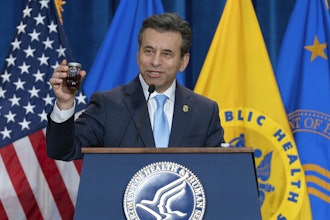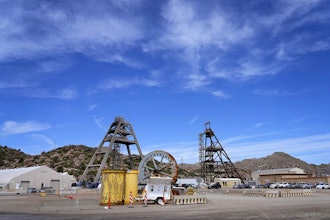For every “best of 2018” list of toys we see leading up the holidays, there’s also a “worst of:” full of the most dangerous and toxic toys that still manage to make their way onto the market and into the hands of our children.
The US Public Interest Research Group is on its 33rd year of publishing a report it calls “Trouble in Toyland,” and while it’s no surprise that there are still plenty of toys that are ineffectively labeled for small parts or ones that can produce damaging noise levels, what did stand out on this year’s list was a children’s toy that’s been particularly trendy over the past few years – slime.
For those of you who don’t spend a lot of time around small children, slime is pretty much what you think it is: a slippery, amorphous goo that’s oh-so-much fun to squeeze and also, of course, to slap your siblings with.
But carry on with the slapping kids, that’s not the danger. Rather, PIRG reported that six different brands of slime have been discovered to contain extremely high levels of the toxic chemical boron. Lead author on the report Adam Gerber said that children ingesting or even mouthing small amounts of Boron can cause stomach, kidney and brain problems – even future reproductive system issues.
And while the U.S. doesn’t regulate boron concentrations in consumer products, the report cites the EU’s standards for children’s toys, which is lower than 300 parts per million in sticky or liquid toys. The report then cites six slime brands – all of which are available on Amazon – with concentrations ranging from 1100 ppm, all the way up to 4700 ppm – more than 15 times the limit in Europe.
Despite this damning review of internet slime, CNN added a rebuttal to this coverage from Rick Sachleben, an American Chemical Society member who “has experience with boron.” He said that all forms of boron are not equal in their toxicity, and that the one being used in slime – sodium borate – is on the low end. He said a child would need to consume multiple containers to reach a fatal level of boron, a contention to which the report’s author responded by saying that “health impacts” can be apparent at much lower levels than what would be a fatal amount.
Trouble in Toyland hopes to bring awareness to some of the top risks children face with their playthings and emphasizes the importance of recalls becoming faster and more effective.






















